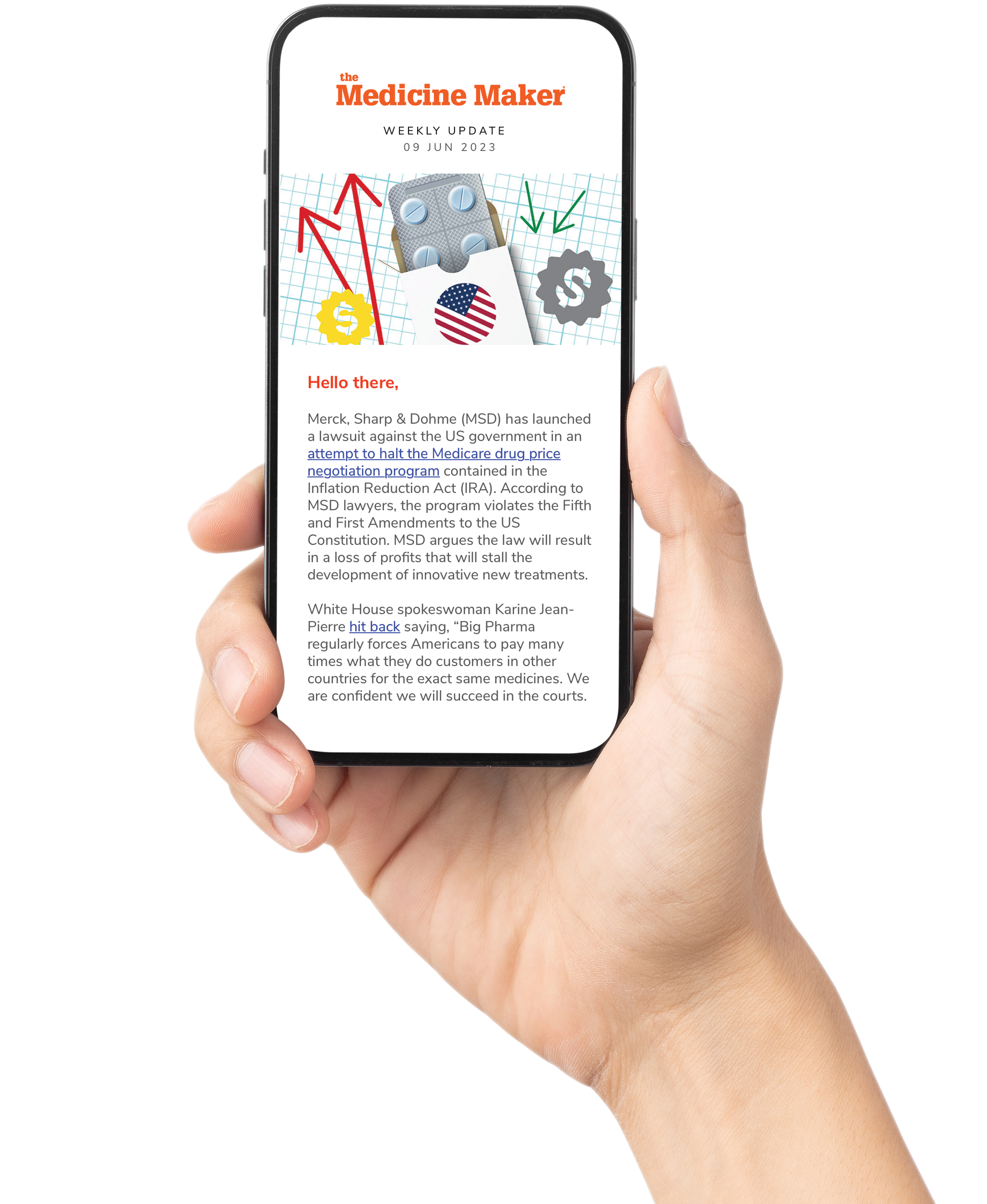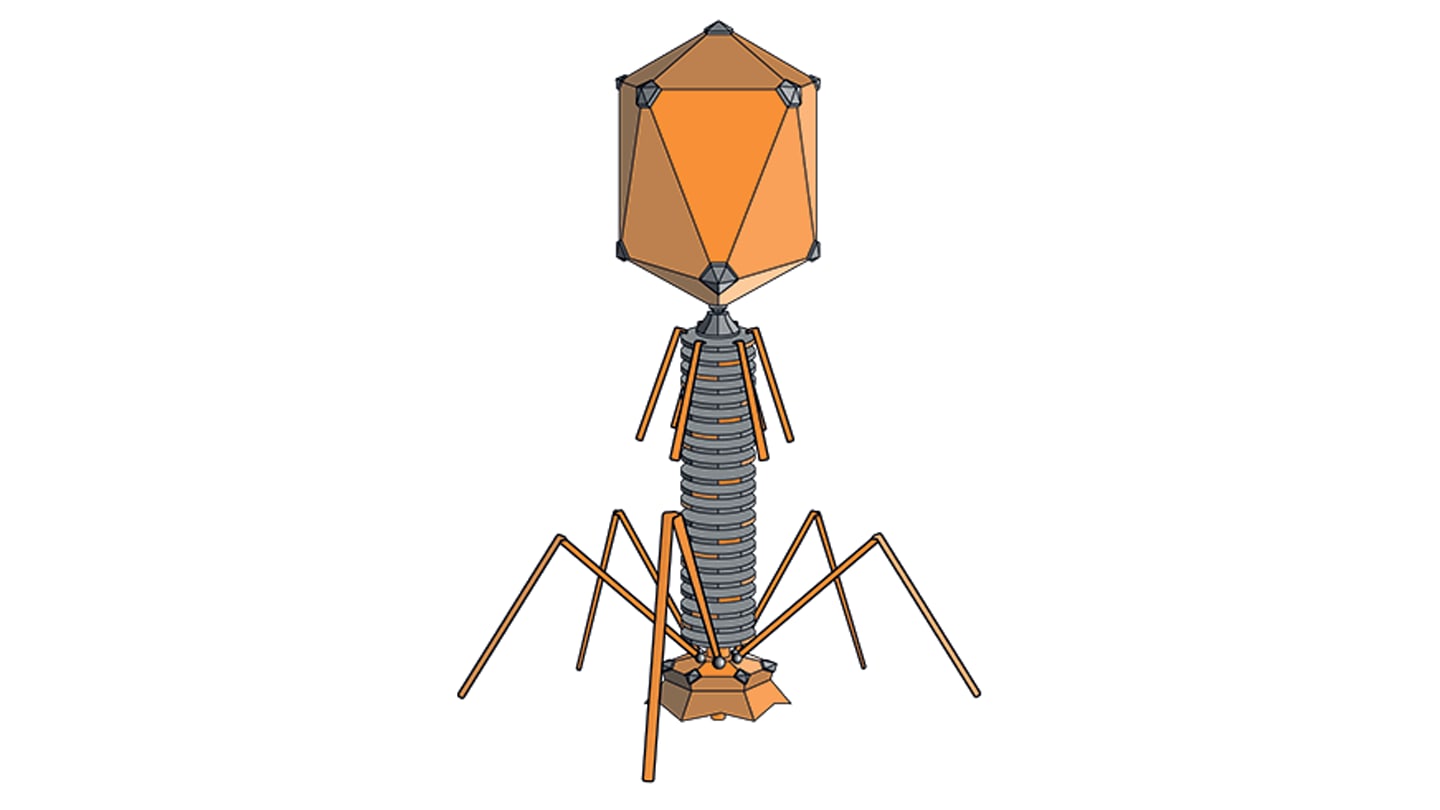
We wanted to get to know the people who make up our annual Power List better. Introducing Kevin Kreutter, Senior Vice President, Drug Discovery, Empress Therapeutics.
“I became a science fair kid and never looked back. Years later, it has been a real privilege as an adult to give back as a science fair organizer and to give talks in classrooms on drug discovery.”
Kevin has over 20 years of experience in drug discovery, and was co-inventor of several clinical and developmental candidates, including safimaltib and lorpucitinib during his tenure at J&J/Janssen. He is interested in streamlining drug discovery by using AI to identify drug-like small molecules from genetic data. Under his leadership, Empress has discovered 15 promising drug leads in 24 months. Kevin also has over 30 patents and 20 publications in diverse therapeutic areas.
What inspires you day to day?
It is an absolute privilege to be able to devote my career to trying to help discover life-changing medicines. This is the best time in history to achieve this goal. Given the historic challenges in bringing impactful new medicines to patients, what inspires me every day is having the opportunity to test Empress’ big idea. Our belief is simple: That the best starting points for chemistry to treat disease is the chemistry already inside the human body, and we now have the genomics, AI, and synthetic biology tools to do this at scale. We’re really proud of the progress we’ve made in discovering many such orally active small molecules with very attractive drug-like profiles, and it is a real pleasure to be a member of such a collaborative and passionate scientific team as we advance multiple candidates towards the clinic. The most remarkable thing I’ve noticed is that while I’ve worked at companies of all sizes in my 24 years as a small molecule “drug hunter”, I can say unequivocally that the progress made is unlike anything I’ve experienced before. A great time to be in the arena, for sure!
How can we inspire the next generation of drug developers?
My spouse is a high school physics teacher, and every day she sees when light bulbs turn on – and when they don’t – in the next generation of scientists in her classroom. Science and math teachers see thousands of students in their careers. Some of them will go on to major in a STEM field in college that will then lead them into a career in drug discovery and development. It is astounding what effect teachers have in a young person’s career choice, and my wife really cherishes the students that reach out to her – sometimes years later! – to tell her that they majored in STEM because of their experience in her classroom.
While teachers and professors are on the front lines in this regard, industry scientists can play a huge role in inspiring the next generation of drug developers. My uncle gave me a microscope when I was 12, and the rest is history: I became a science fair kid and never looked back. Years later, it has been a real privilege as an adult to give back as a science fair organizer and to give talks in classrooms on drug discovery when asked. Just sharing a bit of the excitement of discovery and the scientific method goes a long way. Everyone, from kindergarten up, can understand how important this work is.
What was the most important development in drug discovery and development over the past five years?
There have been several major advances in drug discovery over the past five years, including the real-world proof of the value of RNA-based vaccines from Moderna and Pfizer/BioNTech in late 2020, with published estimates ranging from 1.6-2.5 million lives saved. In the small molecule realm, at least a third of all drugs approved over the past 40 years are reported to be molecules (and their derivatives) found in nature. That approach has historically relied on screening for disease relevance, efficacy, and safety. At Flagship Pioneering where Empress was founded, the question was asked: “What if the most relevant place for finding advanced starting points for drugs is within our own bodies?” Given the continued high (~90 percent) attrition rate for regulatory approval of drugs entering the clinic, I believe the most important development in drug discovery over the past five years is in the process of being tested at Empress: Starting with compounds from humans should lead to greater safety margins, and leveraging genetics and evolution should select for important molecules with greater efficacy. Our preclinical experience in this regard is very favorable, and we very much look forward to unlocking the full value of this approach.
Name a book all stakeholders in the pharma industry should read.
Well, I’ll cheat a bit and say Barry Werth’s twofer on Vertex: 1994’s The Billion-Dollar Molecule, and 2014’s The Antidote. These span that company’s agility in moving across structure-based drug discovery approaches as they mature into a more phenotypic approach that has yielded life-changing treatments in cystic fibrosis. Reinvention and nimbleness are essential traits for multi-decade successful biotechs that grow to $100 billion market cap size.




